Cats, our mysterious and graceful companions, often surprise us with their distinct personalities and behaviors. But did you know that different cat breeds can react uniquely to changes in their environment? Whether it’s a new piece of furniture or a change in their daily routine, understanding how these furry friends respond can enhance our bond with them and create a more harmonious living space. Each breed carries its own set of quirks, preferences, and sensitivities, making the world of cats as diverse and fascinating as the species itself.
The Curious Siamese: Thriving on Change
Siamese cats, with their sleek bodies and striking blue eyes, are known for their sociable and curious nature. They thrive in environments that offer stimulation and variety. When a change occurs, a Siamese is often the first to investigate. This breed loves to explore new areas and is quick to adapt to alterations in their surroundings. Unlike other breeds that might shy away from novelty, Siamese cats often embrace it, making them ideal companions for those who frequently rearrange their homes or enjoy adding new elements to their living space. Their vocal nature means they’ll likely express their feelings about any changes, ensuring you are always in the loop about their preferences.
The Laid-back Persian: Preferring Stability
In stark contrast to the Siamese, Persian cats are the epitome of calm and relaxation. With their long, luxurious coats and placid demeanor, Persians prefer a stable and predictable environment. They might become stressed or anxious if their surroundings change too quickly. These gentle giants appreciate routine and are happiest when their daily lives are consistent. For a Persian, a sudden rearrangement of furniture or a new pet in the home can be overwhelming. To keep a Persian content, it’s best to introduce changes gradually and ensure they have a quiet space to retreat to if needed.
The Adventurous Bengal: Excited by Newness
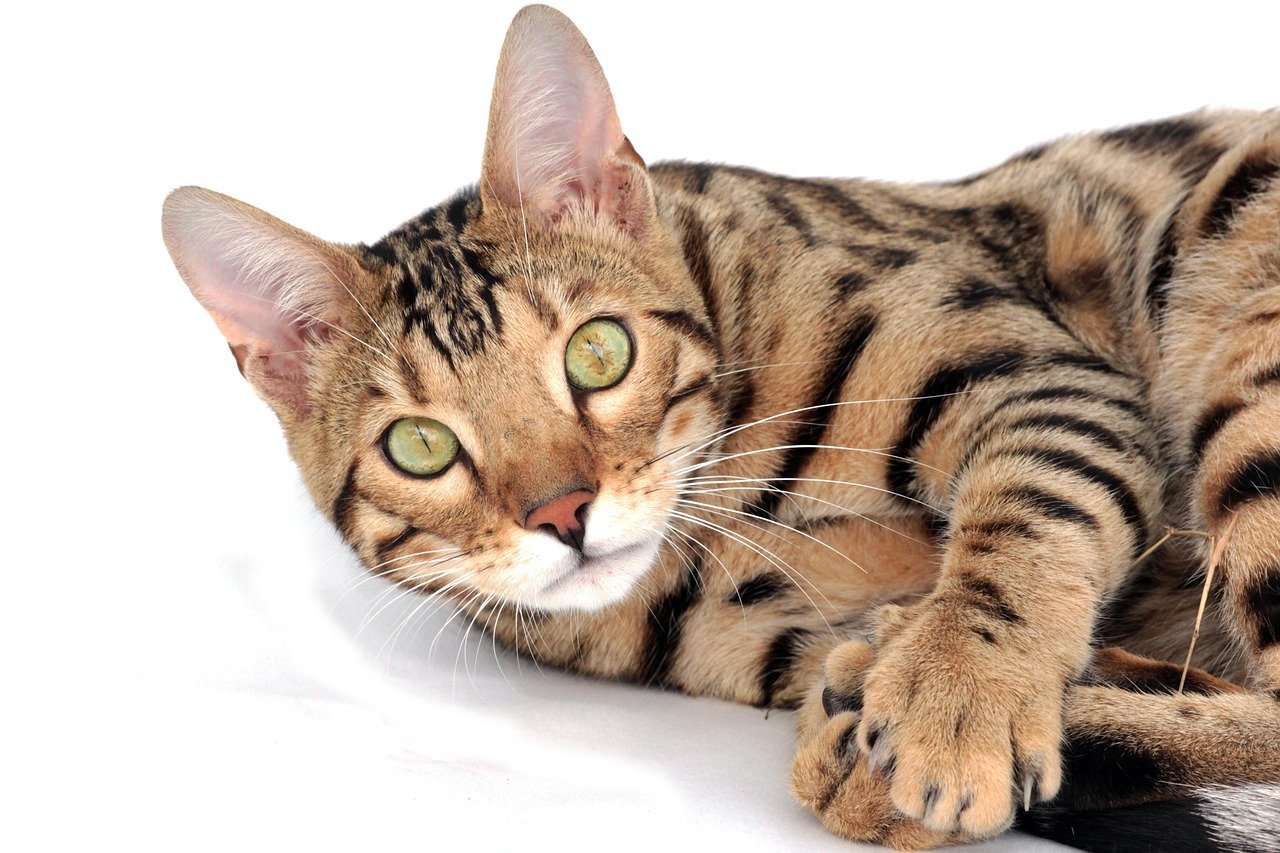
Bengal cats, with their wild leopard-like appearance, are naturally adventurous and energetic. They love to explore and are often thrilled by changes in their environment. A new climbing tree or toy can provide endless entertainment for a Bengal. This breed thrives in dynamic settings where they can engage in physical and mental challenges. Their zest for life means they’re often more adaptable to changes, making them suitable for active households that enjoy a lively atmosphere. However, it’s essential to ensure that any new additions to their environment are safe, as Bengals are known for their curiosity and might attempt daring feats.
The Sensitive Ragdoll: Needing Gentle Transitions
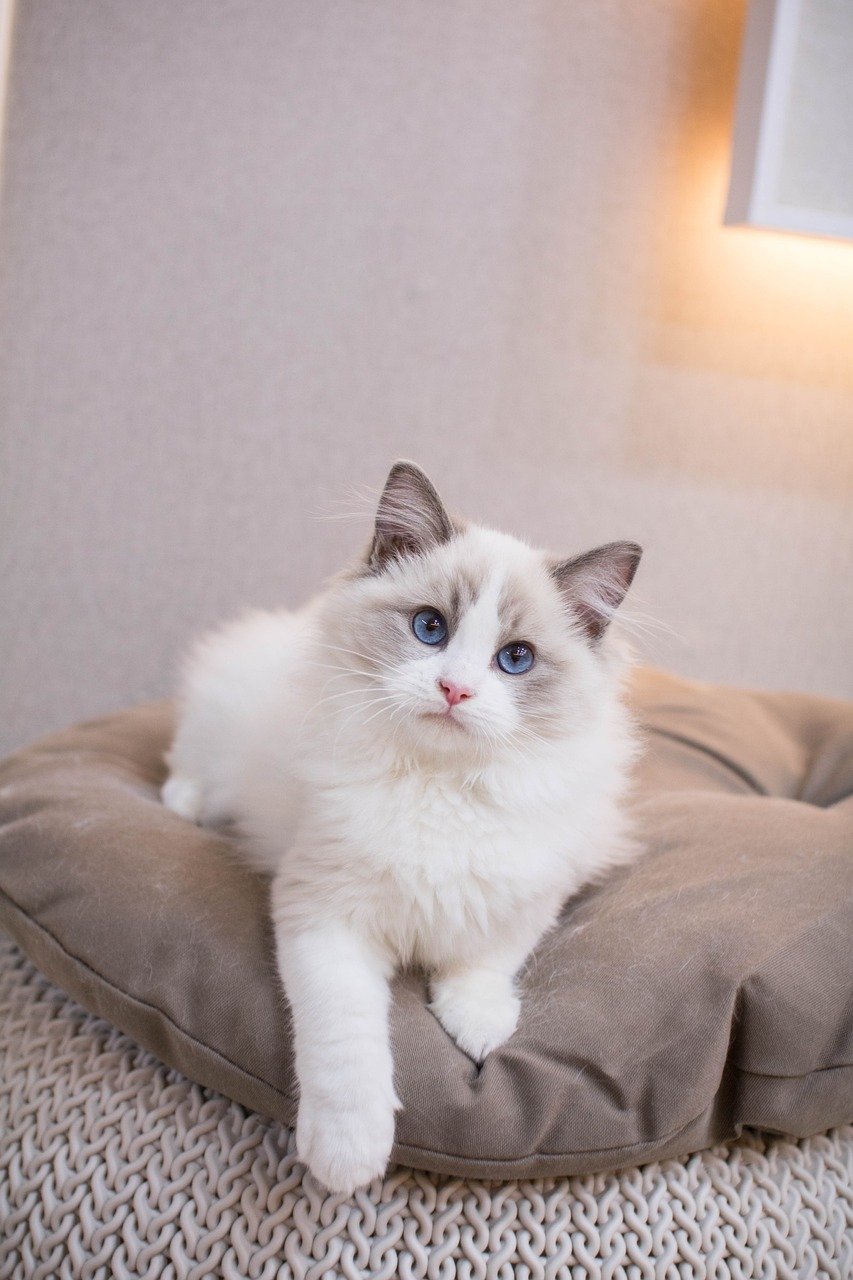
Ragdoll cats are known for their large size and gentle temperament. These affectionate companions often require a bit more time to adjust to changes in their environment. They form strong bonds with their human families and can become stressed if there are sudden disruptions in their routine. It’s important to introduce changes to a Ragdoll’s environment slowly. Whether it’s a new piece of furniture or a different feeding schedule, giving them time to acclimate ensures they remain calm and content. Their love for human interaction means they’ll often seek comfort from their owners during transitions.
The Independent Russian Blue: Observing from Afar
Russian Blue cats are known for their striking silver-blue coat and reserved nature. While they are affectionate with their families, they tend to be more independent than some other breeds. Changes in their environment are often met with a cautious curiosity. A Russian Blue may observe a new addition to their space from a distance before deciding to investigate. They appreciate a quiet and stable environment but can adapt well to changes if given time. Providing them with a safe and familiar space where they can retreat will help them feel secure during transitions.
The Sociable Maine Coon: Welcoming New Experiences
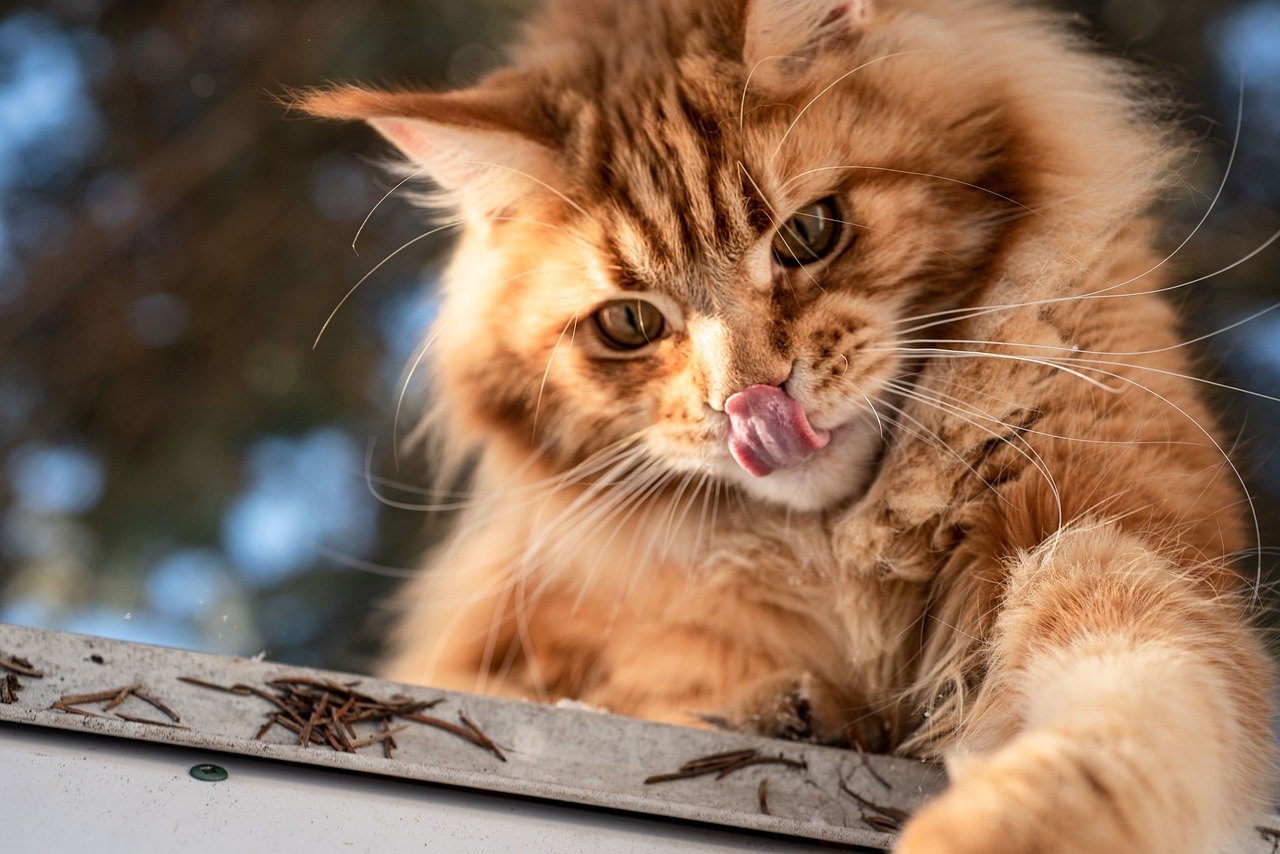
Maine Coons, the gentle giants of the cat world, are known for their friendly and sociable nature. These large and fluffy cats often welcome changes in their environment with open paws. Their playful and inquisitive personalities mean they enjoy exploring new spaces and toys. A Maine Coon’s adaptability makes them excellent companions for families who enjoy a bustling household. They are generally unfazed by changes, whether it’s a new pet in the home or a rearranged living room. Their laid-back attitude ensures they remain a beloved part of any family dynamic.
The Playful Abyssinian: Embracing New Challenges
Abyssinian cats, with their sleek and athletic build, are known for their playful and active nature. They thrive in environments that offer stimulation and variety. A change in their surroundings is often seen as an opportunity for adventure. Abyssinians love to climb, explore, and engage in interactive play, making them well-suited for households that enjoy introducing new challenges and toys. Their intelligent and curious nature means they quickly adapt to changes, often leading the exploration of new elements in their environment. Ensuring they have plenty of activities to keep them engaged is key to their happiness.
The Reserved Scottish Fold: Preferring Familiarity
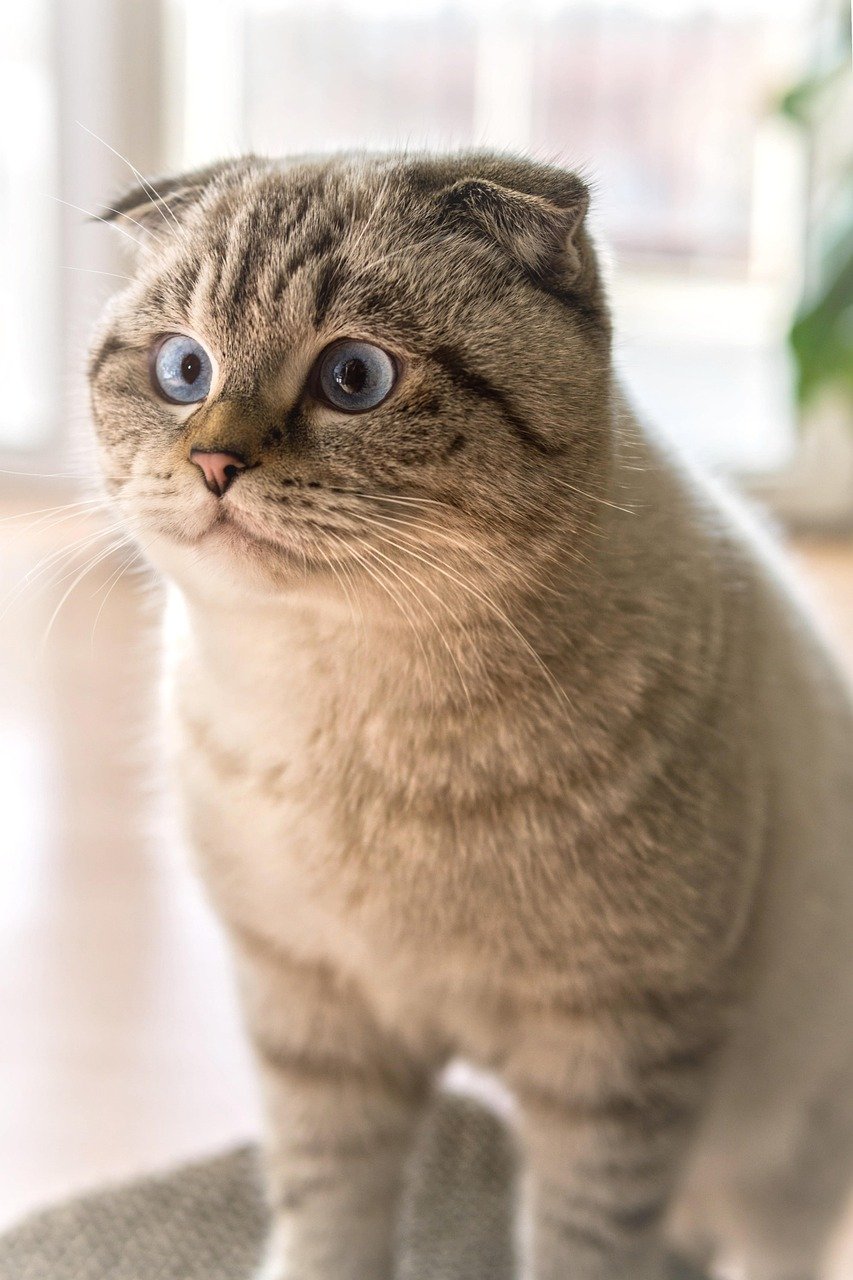
Scottish Folds, with their distinctive folded ears and round faces, are known for their calm and reserved demeanor. They prefer the comfort of familiarity and may take longer to adjust to changes in their surroundings. A Scottish Fold appreciates a stable routine and can become stressed if their environment is altered too quickly. It’s essential to introduce changes gradually and provide them with a safe space to retreat to if needed. Their gentle nature means they enjoy quiet companionship and will often seek reassurance from their owners during transitions.
The Energetic Sphynx: Loving New Interactions
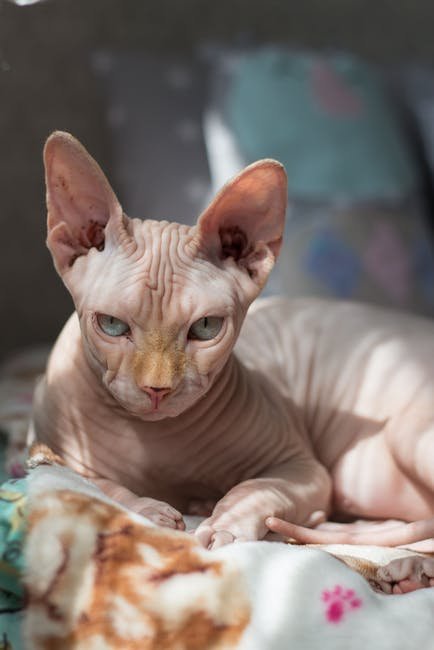
Sphynx cats, characterized by their hairless bodies and outgoing personalities, are known for their love of interaction and excitement. They thrive in environments that offer new stimuli and enjoy being the center of attention. A Sphynx cat is likely to greet changes in their environment with enthusiasm, eager to explore and engage with new elements. Their social and energetic nature makes them ideal companions for households that enjoy a lively atmosphere. However, it’s important to ensure they have plenty of warmth and comfort, as their lack of fur makes them sensitive to temperature changes.
The Loyal Burmese: Seeking Consistency
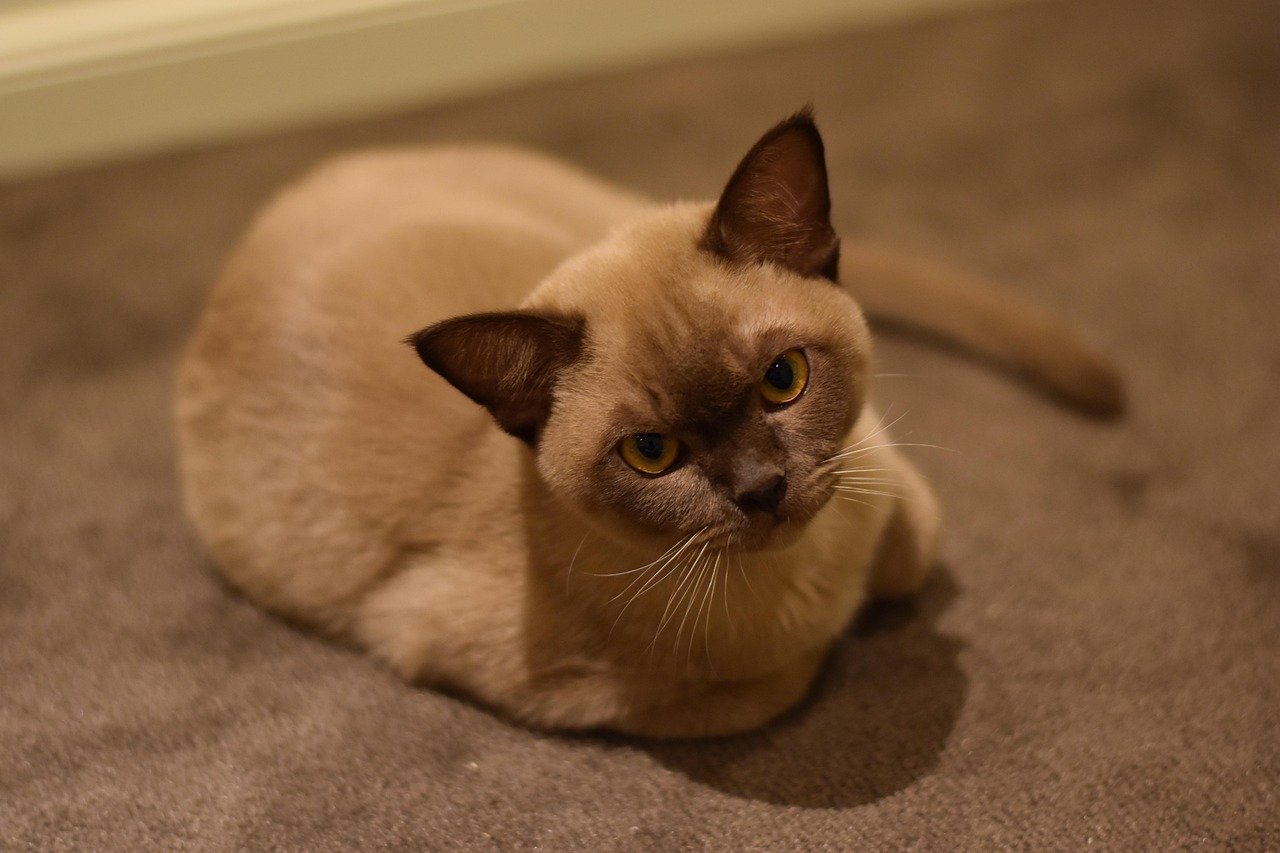
Burmese cats are known for their loyalty and affectionate nature. They form strong bonds with their human families and often prefer a consistent and stable environment. While they enjoy play and interaction, sudden changes in their surroundings can cause stress. A Burmese cat appreciates routine and will often seek comfort from their owners during transitions. To keep a Burmese content, it’s important to introduce changes slowly and ensure they have plenty of love and attention. Their devoted nature means they thrive in environments where they feel secure and cherished.
In understanding how different cat breeds respond to changes in their environment, we can better cater to their needs and ensure they lead happy, fulfilling lives. Each breed brings its own unique set of traits and preferences, making the world of cats as diverse and enchanting as they are.
Hi, I’m Bola, a passionate writer and creative strategist with a knack for crafting compelling content that educates, inspires, and connects. Over the years, I’ve honed my skills across various writing fields, including content creation, copywriting, online course development, and video scriptwriting.
When I’m not at my desk, you’ll find me exploring new ideas, reading books, or brainstorming creative ways to solve challenges. I believe that words have the power to transform, and I’m here to help you leverage that power for success.
Thanks for stopping by, Keep coming to this website to checkout new articles form me. You’d always love it!





